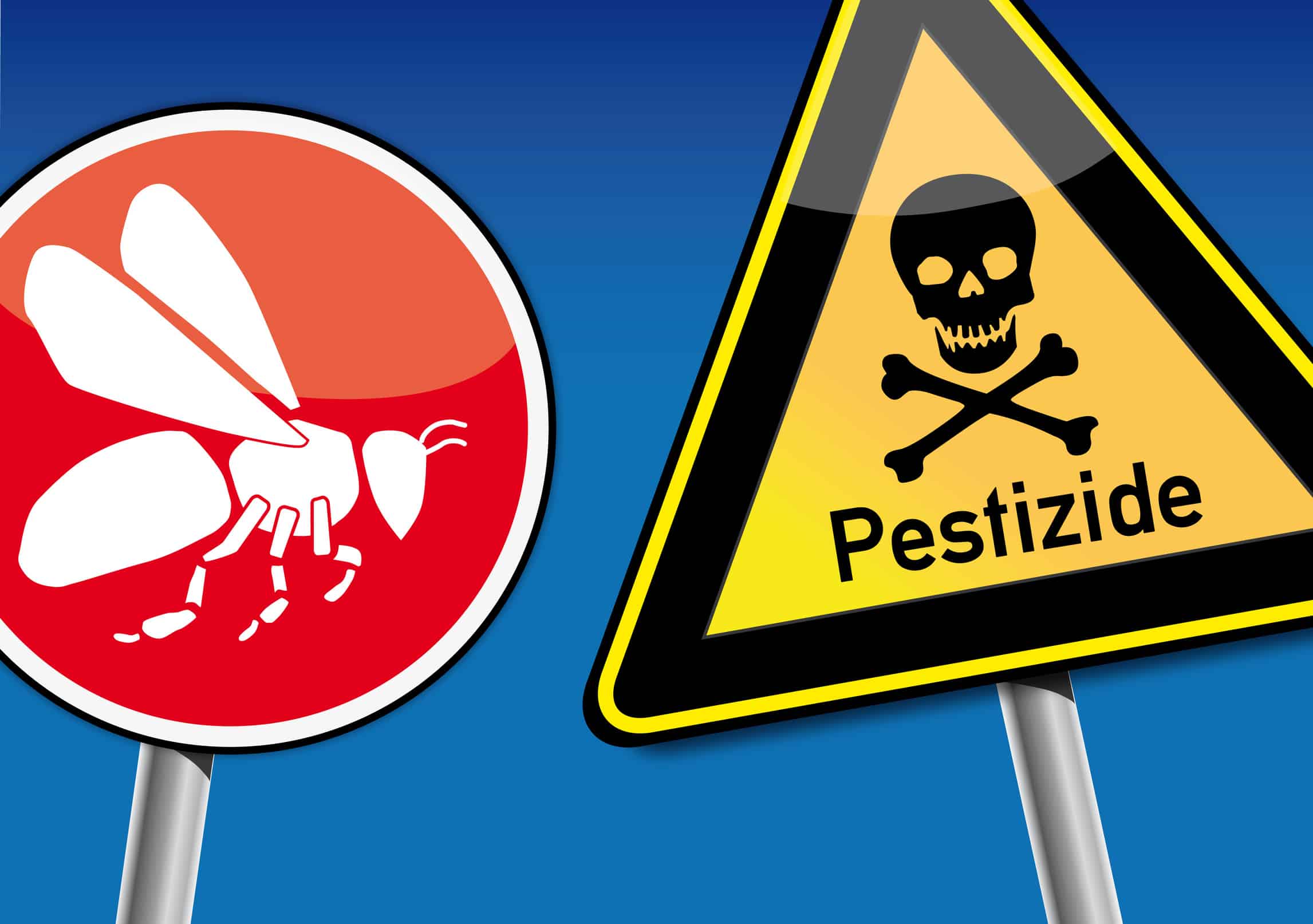Plant protection products

Plant protection products (PPPs) have no place in cosmetics
In principle are of course not ingredients in cosmetic products. However, they are used at various times during the vegetation period or during the subsequent storage of various plants. However, the numerous active substances degrade at different rates, so that residues in plant products must always be expected. Up to the legally set maximum residue levels, these residues are even officially permissible. In the case of foodstuffs, the same maximum residue levels for plant protection products (PPPs) have applied in all EU countries since 1 September 2008. And the Drinking Water Ordinance is also uniform on this point throughout the EU; a limit of 0.1 micrograms of plant protection products (PPPs) per litre of drinking water may not be exceeded. And of course, there is a reason for this, because depending on the type and exact composition, plant protection products (PPPs) are also associated with severe hormone disorders, cancer, birth defects and other serious diseases. Nevertheless, a distinction must of course be made between very dangerous and less critical substances.
Plant protection products are strongly regulated in Europe – but not worldwide
Among other things, aldrin, an insecticide that has been banned in Germany since 1981, is considered to be of particular concern. It is converted in the body into dieldrin, which in turn accumulates in fatty tissue. It is known that aldrin has a very strong neurotoxic effect and can cause headaches, dizziness and muscle twitching in acute poisoning. Dichlorodiphenyltrichloroethane, abbreviated DDT, is deposited at the end of the food chain in the tissue of humans and animals and has long been suspected of causing various types of cancer. In most western industrialised countries, the substance was therefore banned as early as the 1970s. The same applies to organochlorine substances, which can disrupt the immune system, mimic hormones and lead to reproductive disorders. Nevertheless, numerous plant protection products (PPPs) are still used which, although not classified as extremely critical, are nevertheless of concern.
Residue analysis of plant protection products (PPPs) is generally possible but costly. State-of-the-art measuring instruments are used for reliable identification and quantification, so that checking or complying with all maximum levels and guideline values is no longer necessarily a problem nowadays. However, health-conscious consumers should avoid food and cosmetics suspected of containing pesticide residues.
Organic lipids are already part of the solution
This is possible through the conscious purchase of organically grown plant products from natural agriculture. The use of pesticides and other harmful substances must be consistently avoided in such cultivation, so that consumers can feel safe. After all, our skin is like a living sponge: it absorbs the cosmetic products and carries them inside … and with it the harmful substances. So the purely external application of cosmetic products containing chemicals and pesticide residues (plant protection products / PPPs) does not protect against contamination. Of course, plant protection products (PPPs) are not officially declared as ingredients. As already mentioned, they sneak into products unnoticed and via detours. And not only creams, but also shampoos, shower gels and soaps can be affected. Allergic reactions of the skin, damage to the hair structure and irritated eyes are often the consequences of the dangerous chemical mixture. The controversial green genetic engineering is also not an optimal solution in this context, as it is simply still too little researched.
Plant protection products (PPPs) in cosmetics: It is better to use biologically natural production methods.
To rule out health risks, it is advisable to use high-quality natural cosmetics that do not contain any plant protection products (PPPs). Biologically natural cultivation of the plants, in which pesticides are consistently avoided, can only be the right solution here. Although the most dangerous plant protection products (PPPs) are now banned throughout Germany or even within the EU, far too many substances are still used that can trigger dangerous diseases and should therefore be regarded as questionable. We at Cosmacon recommend subjecting natural products to a thorough pollutant analysis. We will be happy to advise you here on what is possible and sensible.
Literature:
A critical review of effect modeling for ecological risk assessment of plantprotection products.
Larras F, Charles S, Chaumot A, Pelosi C, Le Gall M, Mamy L, Beaudouin R.Environ Sci Pollut Res Int. 2022 Jun;29(29):43448-43500